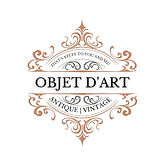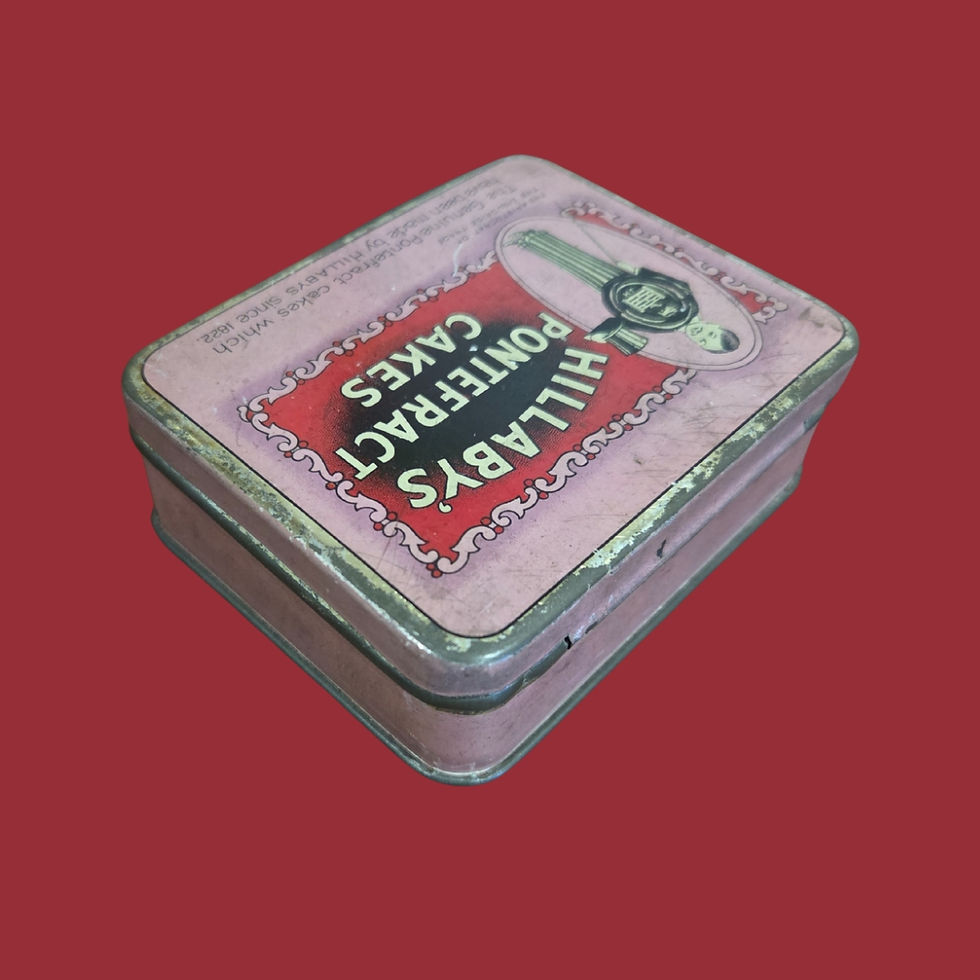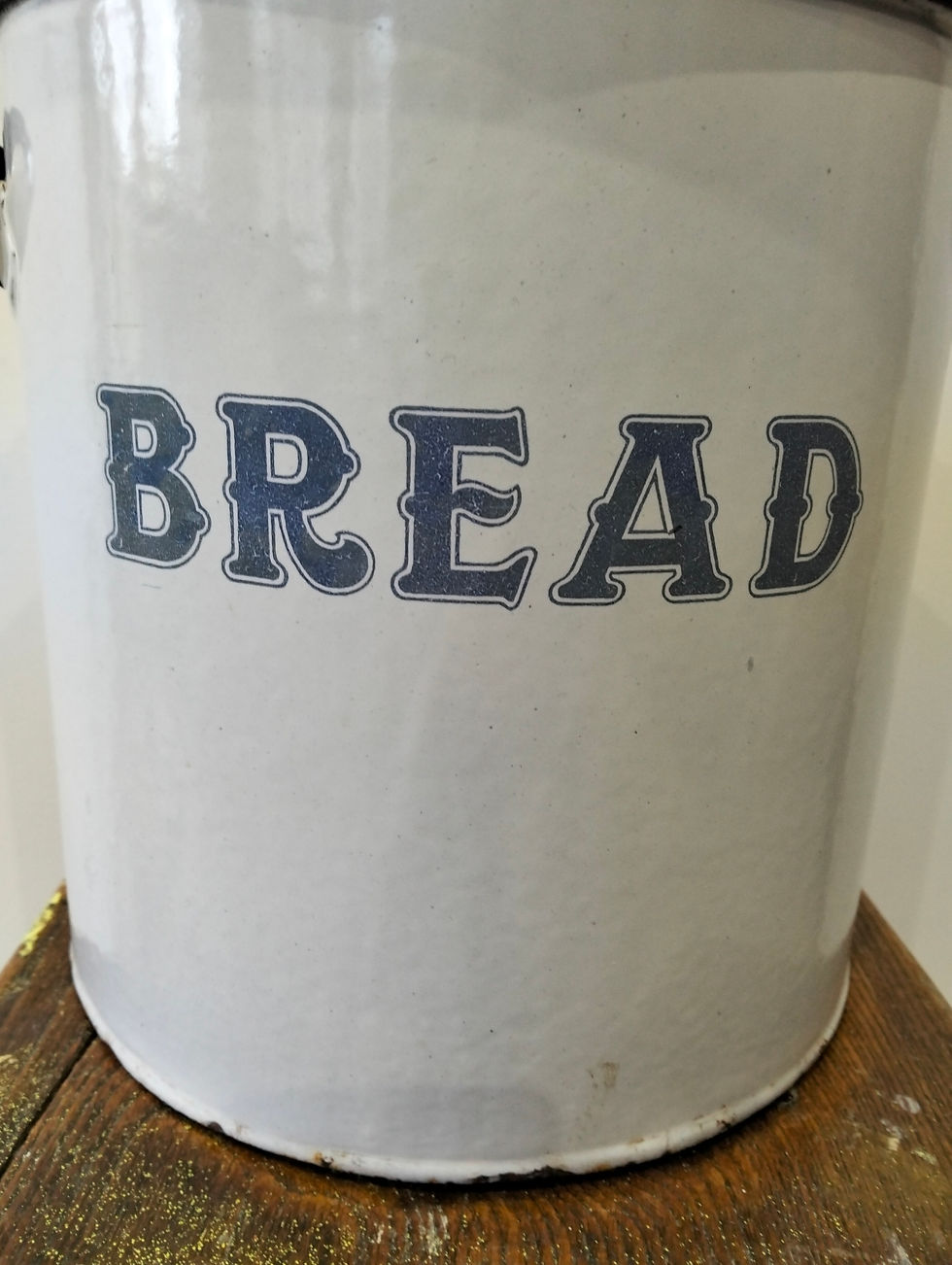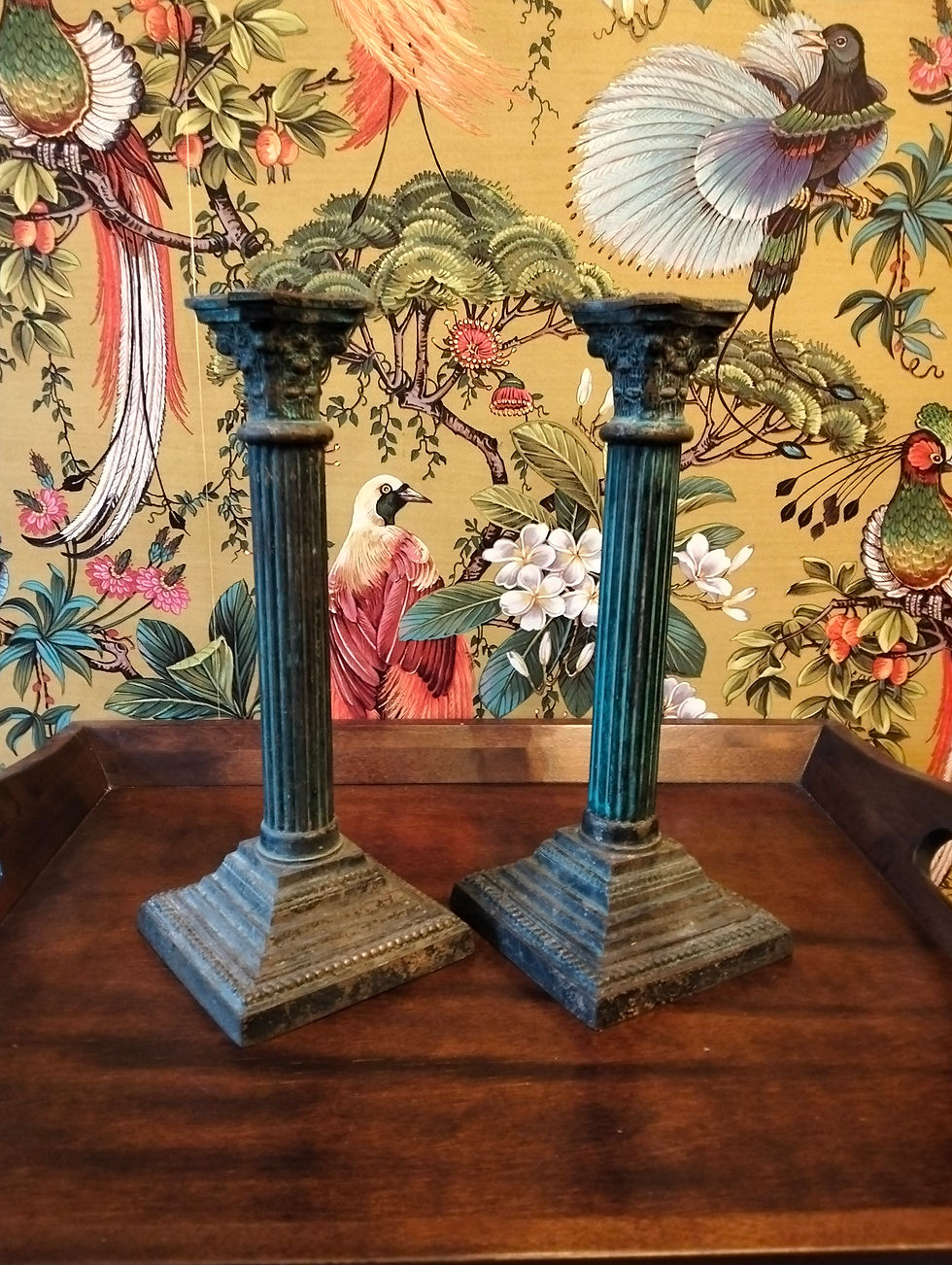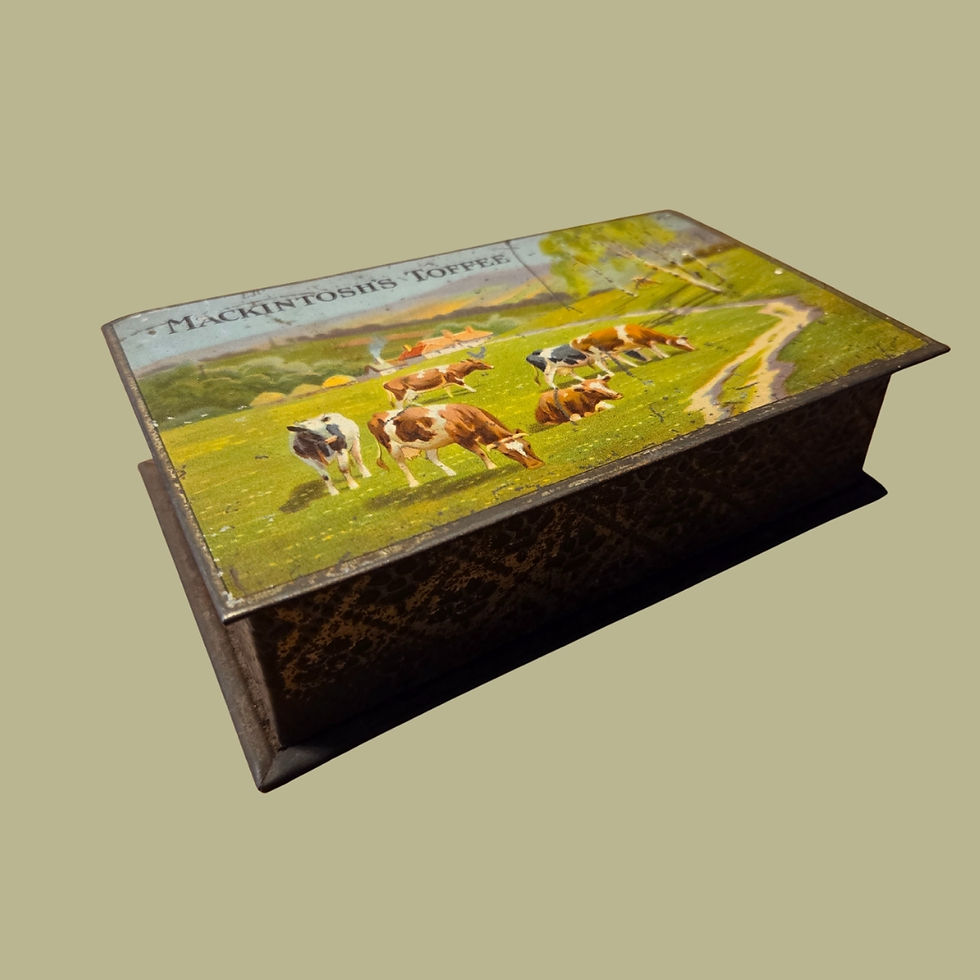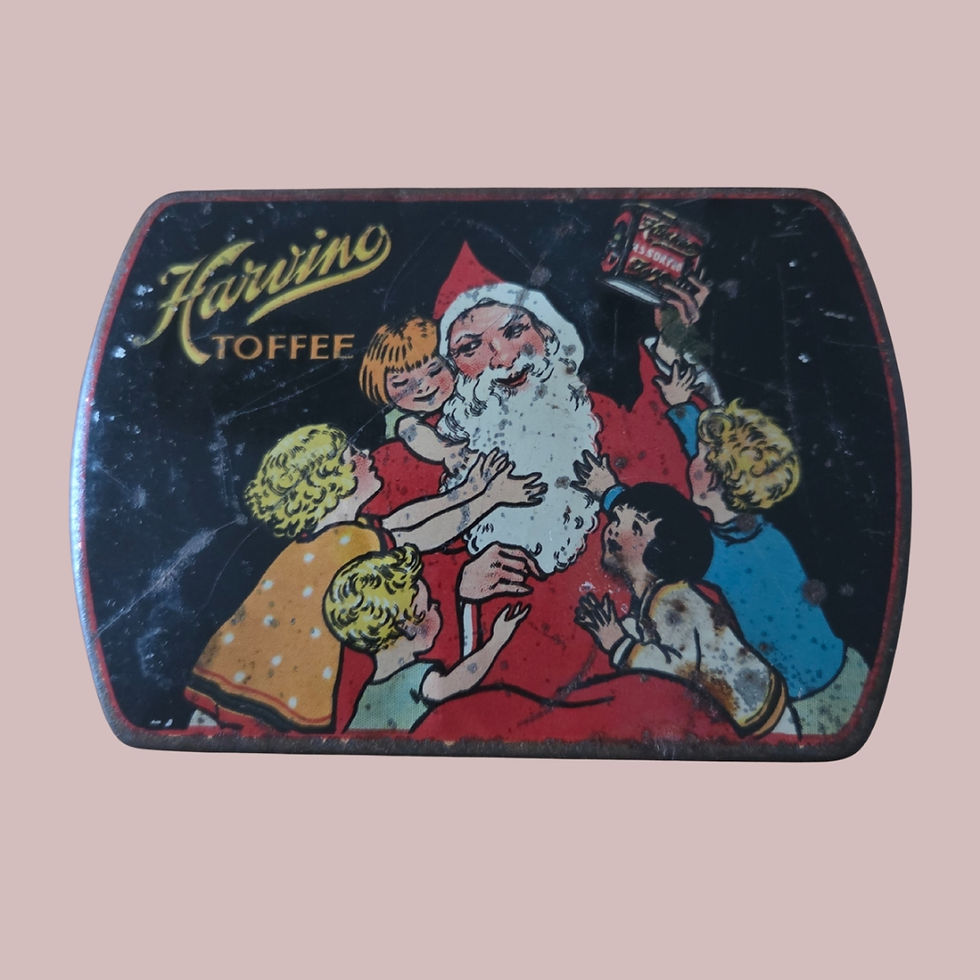Antique early 20th century art nouveau pewter tray hand beaten stunning! This truly stunning one off probably the only one in the world?! This tray or small charger as it is known has been hand made with stunning hand beaten decorations to edges. There is a number on back 0177 and we believe this is the pewter quality mark.
-
Some age related wear which only adds to the look.
-
Size: 24 cm round 2 cm tall.
-
Art Nouveau, meaning "new art" in French, was a decorative art style that flourished in Europe and the United States from roughly 1890 to 1910. It was a reaction against the historicism and industrial mass production of the late 19th century, aiming to integrate art and everyday life. Art Nouveau embraced nature as a source of inspiration, using flowing lines, organic forms, and asymmetrical compositions in architecture, design, and the applied arts.
Emphasis on Natural Forms:
Art Nouveau artists drew inspiration from nature, including plants, flowers, animals, and insects, incorporating them into their designs.
Sinuous Lines and Curves:
The style was characterized by flowing, organic lines, sometimes described as "whiplash" curves, often derived from botanical studies and illustrations.
Asymmetrical Composition:
Art Nouveau designs often featured an asymmetrical balance, creating a sense of movement and dynamism.
Integration of Structure and Decoration:
The style aimed to create a harmonious blend between the structural elements of a design and its decorative features.
Influence on Various Disciplines:
Art Nouveau impacted architecture, interior design, jewelry, glass design, posters, and illustration.
Origins and Development:
Arts and Crafts Movement:
Art Nouveau emerged from the Arts and Crafts Movement in Britain, which championed craftsmanship and a return to traditional techniques.
International Style:
While centered in Brussels, Paris, and Munich, Art Nouveau was an international movement, with variations appearing in different countries under different names.
Different Names:
Art Nouveau was also known as Jugendstil in Germany, Sezessionstil in Austria, Stile Floreale in Italy, and Modernismo in Spain.
Influence of Industrial Revolution:
The rise of industrial production and mass-produced goods led to a desire for more artistic and handcrafted items, contributing to the popularity of Art Nouveau.
Notable Artists and Designers:
Victor Horta:
A pioneering architect who designed the first Art Nouveau building, the Hotel Tassel in Brussels.
Hector Guimard:
Designed the entrances to the Paris Métro, showcasing Art Nouveau in architecture.
Louis Tiffany:
Famous for his stained glass and jewelry designs, incorporating Art Nouveau principles.
Emile Gallé:
A leading glassmaker known for his innovative use of acid etching in Art Nouveau glassware.
René Lalique:
A prominent jeweler and designer, creating some of the most coveted Art Nouveau jewelry pieces.
Alphonse Mucha:
A well-known artist, famous for his posters and illustrations in the Art Nouveau style.
William Morris:
A major figure in the Arts and Crafts Movement, which influenced the development of Art Nouveau.
Legacy:
Precursor to Modernism:
Art Nouveau was a precursor to modernism, which emphasized function over form and the elimination of superfluous ornament.
Influence on Art Deco:
Art Nouveau's influence can be seen in Art Deco furniture designs, particularly in the use of exotic wood veneers and ornamental inlays.
Impact on Everyday Life:
Art Nouveau aimed to make everyday life more beautiful by integrating art into various aspects of design and craftsmanship.
-
Pewter is a metal alloy, typically composed of tin, copper, and antimony. It's known for its lustrous appearance, malleability, and ability to be cast into intricate designs. Historically, it was also used to be a more affordable alternative to silver, and is still used for a variety of purposes, including tableware, jewelry, and decorative items.
Pewter, especially in the form of trays, has a long and rich history, spanning from ancient times to the present day. Its use in various cultures, including ancient Egypt and Rome, as well as its prominent role in European households during the Middle Ages, highlights its enduring appeal and practical value. Pewter trays, in particular, were a popular and versatile item used for serving food, holding smaller items, and even as decorative elements in the home.
Early History & Uses:
Ancient Times:
Pewter was used as early as 1500 BC, with the oldest known pewter artifact being an Egyptian flask. The Romans also utilized pewter for various purposes, including coins, seals of office, and even utensils, according to F. Hinds.
Middle Ages & Renaissance:
Pewter became a prominent material in well-to-do European households, replacing wooden tableware. Pewter Guilds emerged in various countries, regulating its composition and craftsmanship. The 16th and 17th centuries are often referred to as the Golden Age of pewter, with its widespread use in tableware and religious objects, according to Cosi Tabellini.
18th and 19th Centuries:
While the popularity of pewter as tableware began to decline with the rise of porcelain and pottery, its use persisted in decorative items and as a material for various crafts, according to Pewter World.
Liknande produkter
Additional Details
Product Information
The information provided by Objetdart-stuff ('we', 'us', or 'our') on http://www.objetdart-stuff.co.uk (the 'Site') and our mobile application is for general informational purposes only. All information on the Site and our mobile application is provided in good faith, however we make no representation or warranty of any kind, express or implied, regarding the accuracy, adequacy, validity, reliability, availability, or completeness of any information on the Site or our mobile application. UNDER NO CIRCUMSTANCE SHALL WE HAVE ANY LIABILITY TO YOU FOR ANY LOSS OR DAMAGE OF ANY KIND INCURRED AS A RESULT OF THE USE OF THE SITE OR OUR MOBILE APPLICATION OR RELIANCE ON ANY INFORMATION PROVIDED ON THE SITE AND OUR MOBILE APPLICATION. YOUR USE OF THE SITE AND OUR MOBILE APPLICATION AND YOUR RELIANCE ON ANY INFORMATION ON THE SITE AND OUR MOBILE APPLICATION IS SOLELY AT YOUR OWN RISK.
Postage and Returns
DELIVERED FROM OUR WAREHOUSE DIRECT TO YOUR DOOR
Shop with peace of mind knowing that:
-
Secure ways to pay include PayPal, to protect your money and your security
-
We use reliable couriers to deliver on time and safely, with insurance for loss or damage included. Delivery by Royal mail 48 Tracked. Tracking information is always provided once your item has dispatched so you can follow its journey
-
We use sustainable and repurposed packaging and delivery takes 3 to 5 days (UK)
-
We have a reliable, no quibbles, 14 days returns policy, just in case you simply change your mind
-
We are available via email or chat if you need help making the purchase or if you want to make us an offer
-
There's always discount available. Right now use our coupon code XMAS25 for 15% off at checkout - only available on direct website purchases and for a limited period!

July 2025
Great item, was a glass jar with contents, well packaged, with a fragile label attached, arrived no problems. A near perfect example of a 50s/60s Hopkin and Williams chemical bottle. The postage was fair, the item was as described and a good value, especially with contents.
August 2025
Tres bonne transaction, envoi rapide et soigne. A refaire. Vendeur top professionnel
June 2025
I am absolutely delighted with this item. It arrived by post quicker than I expected. It was very well packaged up and I will add it to my ever growing collection..I spent quite a while deciding whether to add this [item] to it. it is exactly as you described.
